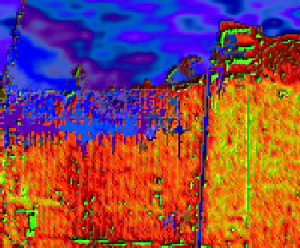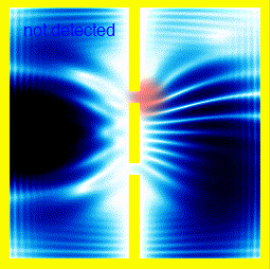Effects of Loading on Block
Input normal, perpendicular, and/or shear forces and see how the shape of the block changes.
Positive forces act in the directions shown in the figure (ie, tension is positive).
The original, unloaded block is a darker gray with solid lines. The loaded block is a lighter gray with dashed lines.
Input Axial/Longitudinal Force Fx (in MN) Input Perpendicular Force Fy (in MN)
Input Shear Force Fxy (in MN)
Note: If loaded block isn't displayed properly, the block may have squished enough to invert itself! Try a smaller load.
Material Properties used in Simulation: E = 205 GPa, G = 80 GPa, v = 0.29 (AISI 1018 Mild/Low Carbon Steel)
Block has length 300 mm, height 100 mm, and depth 100 mm (rectangular cross-sectional area)
Challenges:
1. Write down the equations for displacements in x and y due to forces Fx, Fy, and Fxy.
2. Determine which value of Fx makes the loaded block stretch to the end of the Fx arrow.
3. Calculate the corresponding displacement in y due to the Fx for Q2.
4. Identify a combinations of loads that make the loaded block cover the entire "Fxy" in the picture.
5. Consider what would happen if the up arrow near Fxy was instead a down arrow (you can't do this in the simulation).
Other Articles:
Simulation of flooding in New OrleansA not-very-accurate simulation of the flooding in New Orleans. |

|

|
The double slit and observersA look at the double slit experiment. The first half is meant to be a clear explanation, using simulations. The second half discusses some of the philosophy / interpretations of quantum mecahnics. |
Mars Re-EntryA ThreeJS simulation of Mars re-entry in a spaceship. |

|